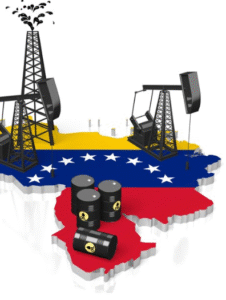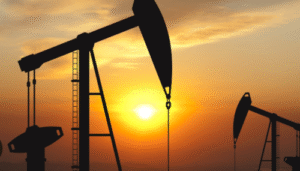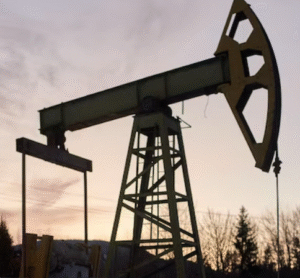$XOM $CVX $WTI
#OilMarket #GasPrices #TrumpPolicy #CrudeOil #EnergySector #TradeTariffs #CanadaMexicoTrade #RefineryMaintenance #USOilProduction #StrategicPetroleumReserve #MidwestEconomy #EnergyStocks
Despite President Trump’s assertions that his policies would lower gas prices for American consumers, analysts are cautioning that the opposite could soon occur due to a complex combination of seasonal market dynamics and trade policy proposals. One of the primary seasonal factors driving this forecast is the cyclical maintenance undertaken at refineries, coupled with the mandated switch to more costly summer-blend gasoline. These factors alone are projected to push pump prices up by 25 to 75 cents per gallon as spring approaches, particularly in regions heavily reliant on refined products from these facilities. While seasonal price spikes around this time of year are not unusual, they could be exacerbated by additional pressures stemming from geopolitical and economic considerations linked to the Trump administration’s trade maneuvers.
A significant policy component that could escalate the situation is President Trump’s proposal to impose a 25% tariff on imports from Canada and Mexico, two of the U.S.’s largest suppliers of crude oil. The Midwest, in particular, is likely to feel the brunt of these tariffs, as oil imports from Canada are a critical resource for regional refineries. A reduction in import flows due to increased costs could spur logistical bottlenecks, tightening the supply chain and driving gas prices higher across the nation. Further complicating matters is Trump’s commitment to refill the Strategic Petroleum Reserve (SPR) “right to the top.” By increasing purchases to replenish the SPR, demand in the crude oil market could spike, reducing availability for commercial use and thereby pressuring prices upward. These proposals have sparked concern among auto-reliant U.S. households and regional economies, which may face steep financial consequences if these price increases materialize.
Energy industry observers underline another critical aspect of these developments: while Trump has promoted a domestic energy production expansion agenda, U.S. oil companies are not significantly stepping up their output in response to high global crude prices. Publicly traded oil giants, such as $XOM (ExxonMobil) and $CVX (Chevron), are channeling profits toward boosting shareholder returns—via dividends and stock buybacks—rather than increasing production capacity. U.S. oil output is already at record levels, and companies remain cautious about overproducing in an environment where demand fluctuations and geopolitical risks persist. The lack of a rapid production response could leave the U.S. market more vulnerable to price volatility if both seasonal trends and policy-driven supply disruptions play out simultaneously.
The broader market implications are also considerable. Rising gas prices would have a ripple effect across various sectors, particularly consumer discretionary spending, as higher energy costs reduce disposable incomes. Stocks in sectors reliant on transportation, such as airlines and retailers, could face heightened operational costs that weigh on margins. Meanwhile, investors in energy-related assets, including U.S. shale producers, may see a boost in share performance in the short term, but concerns over long-term market stability remain. Additionally, higher gas prices could reignite inflationary pressures, complicating the Federal Reserve’s ongoing efforts to balance interest rate policies and economic growth. While the Trump administration’s policies aim to strengthen domestic production and trade independence, their potential to disrupt established supply networks and amplify market volatility is becoming an increasingly significant focus for analysts.











Comments are closed.